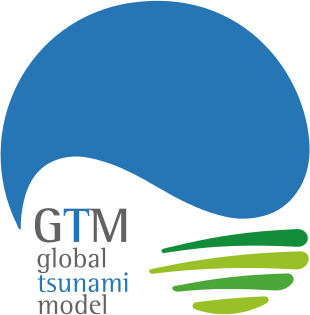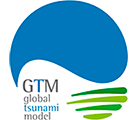Synopsis:
The 2004 Indian Ocean tsunami largely catalysed global policies for managing natural hazards, including the Sendai Framework for Disaster Risk Reduction (DRR) 2015-2030, and its predecessor, the Hyogo Framework for Action. However, tsunami hazard and risk analysis is still a young discipline.
The Indian Ocean 2004 and Tohoku 2011 tsunamis have clearly shown that tsunamis are infrequent and sometimes unanticipated, but with large consequences. Furthermore, the causes of tsunamis are heterogeneous, and involve sources such as tsunami earthquakes and submarine landslides that are still poorly understood.
As a result, practises for dealing with tsunami risk are somewhat arbitrary, as demonstrated by existing incompatible assessments for the same region. Inherent uncertainties are consequently often underestimated, with the Fukushima disaster as the standout example.
An awareness of the above situation progressively grew within the tsunami scientific community, and has triggered a coordinated effort by tsunami researchers and practitioners around the world, termed as the Global Tsunami Model (GTM). The overall vision of the GTM is to provide a science-based understanding of the regional and global tsunami hazard and risk, together with the physical and societal processes that drive them. This vision would result in a careful review of existing good practices, and the collaborative development of standard procedures and guidelines for the treatment of uncertainties in tsunami hazard assessments.
At present, the GTM is a consortium of contributing institutions (currently 34 and growing) and scientists across the world, formally endorsed by the UNISDR and GFDRR with a broad range of additional stakeholders, and international bodies are being consulted in order to secure societal relevance.
In this commentary, we first elaborate on the main challenges that are specific for tsunami hazard and risk assessment. In light of this, we describe the mission of GTM in more detail, concerning in particular the roadmap for the identification and further development of shared good practices and methods; and how this process might improve our capabilities in dealing with tsunami risks assessment.
Outline of the commentary:
- A description of the particular nature of the tsunami hazard;
- Elaborating the most challenging and/or peculiar aspects related to tsunami hazard and risk assessments, also in comparison to other natural hazards of more frequent nature;
- Present good practices for dealing with tsunami hazard, including some key examples, and the main gaps that remain to be addressed;
- A description of the GTM vision; its mission and roadmap for implementation;
- Description of GTMs main stakeholders and GTMs societal relevance.



